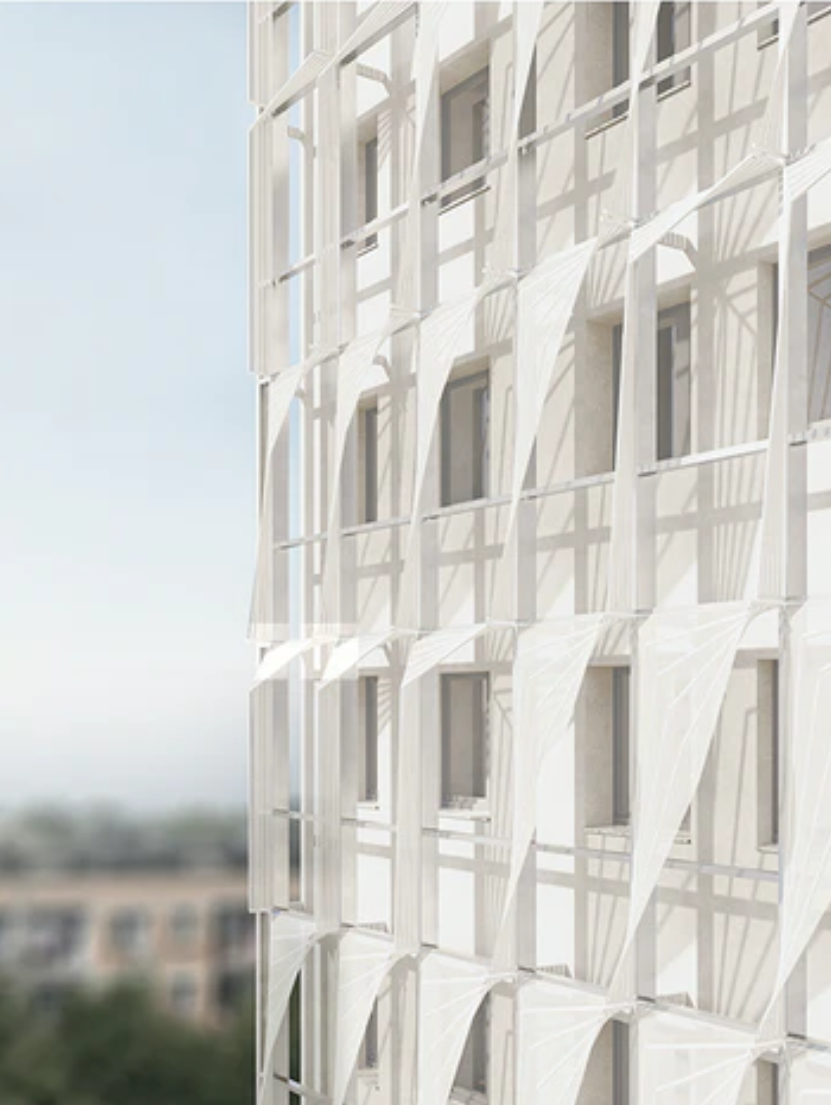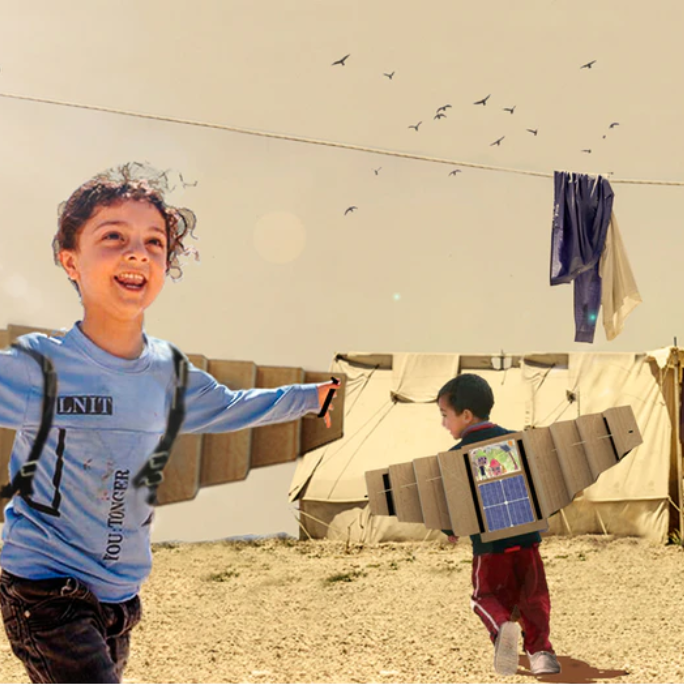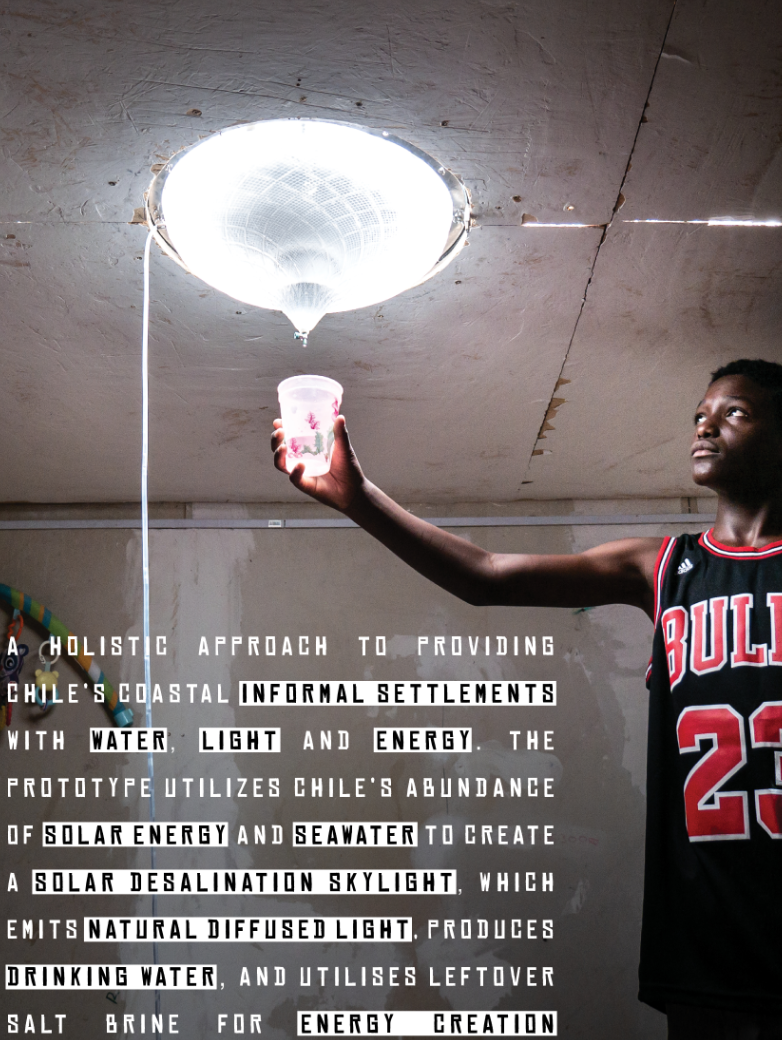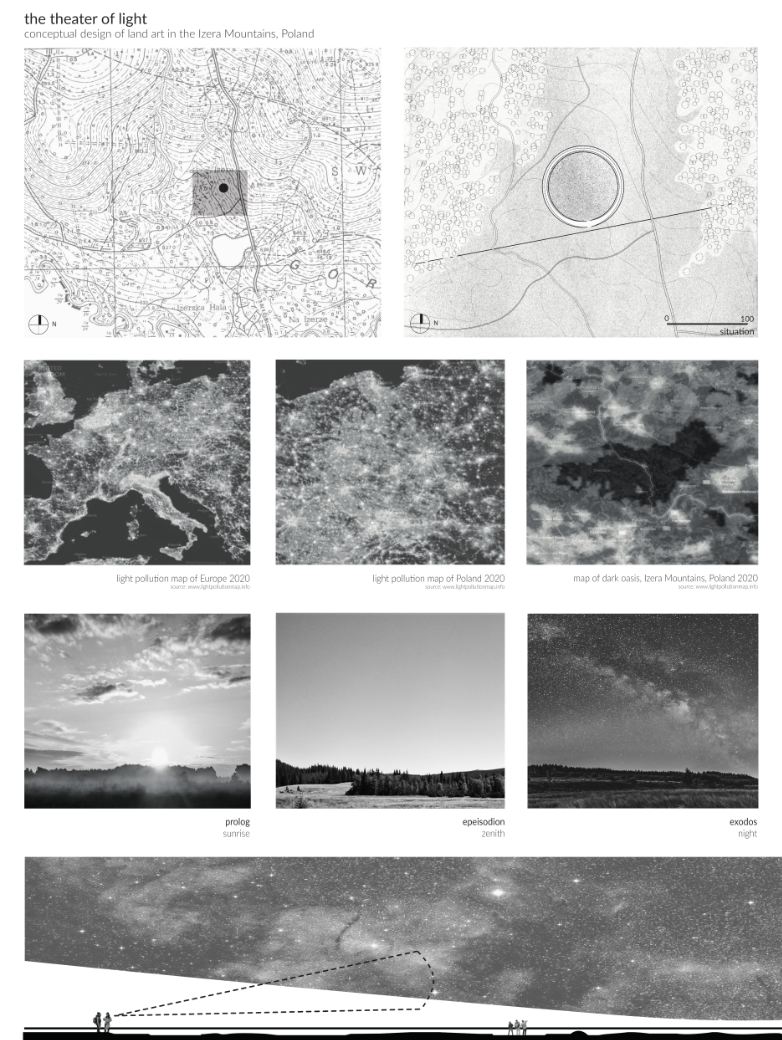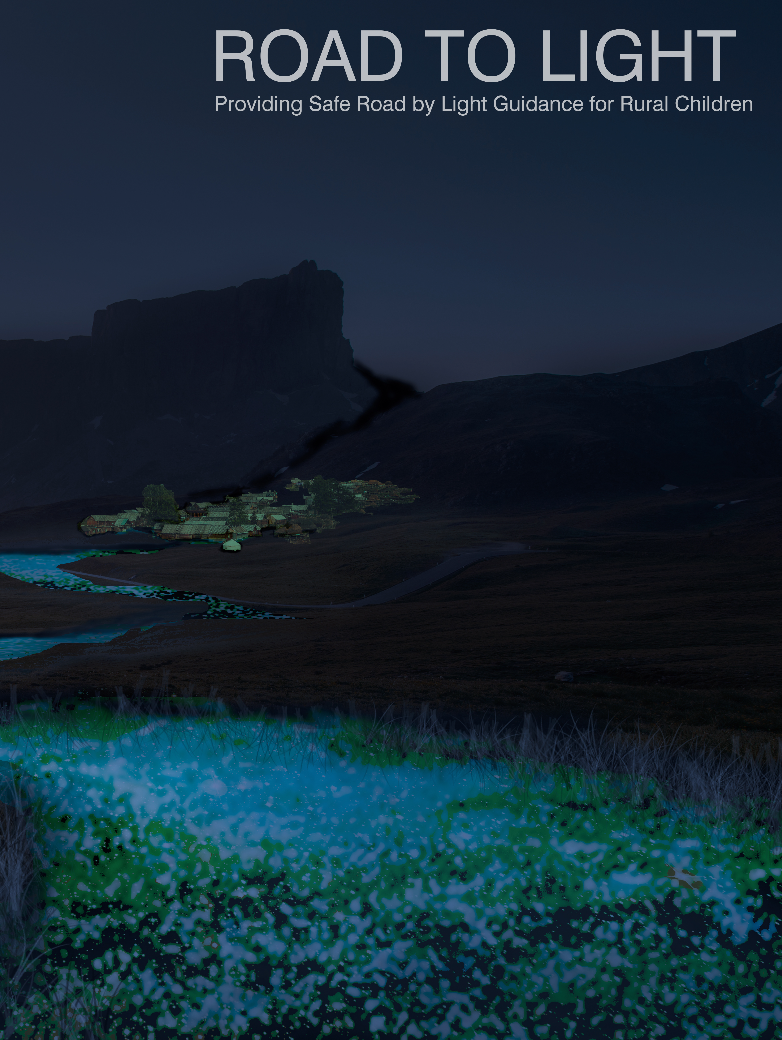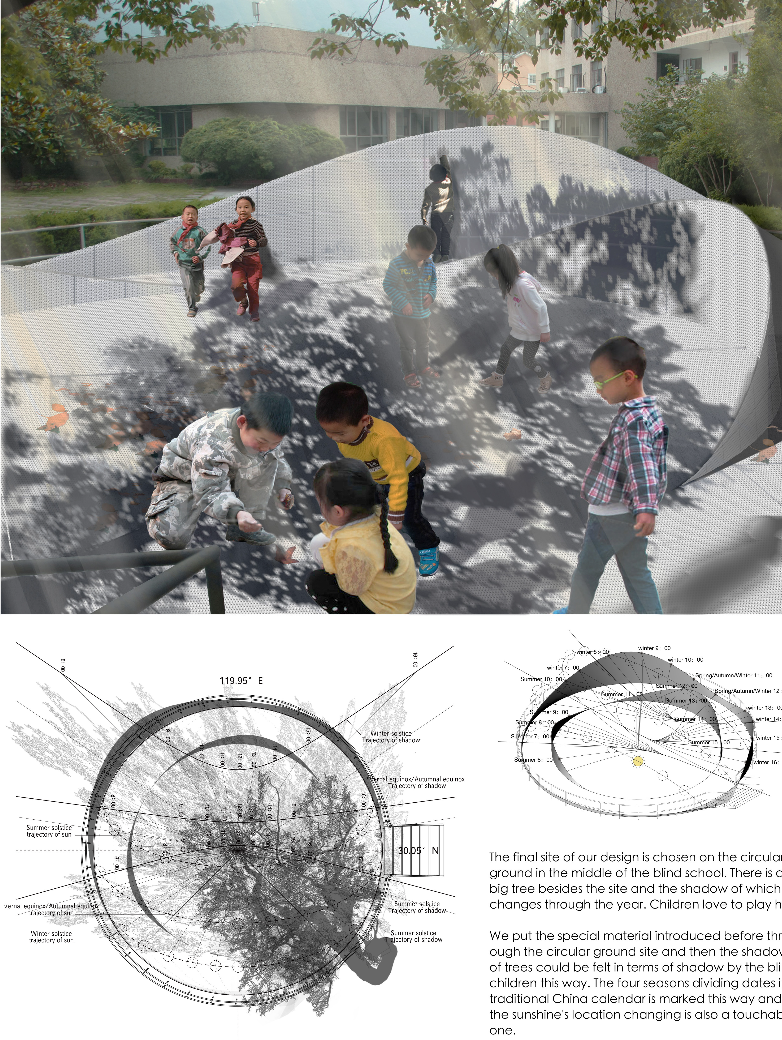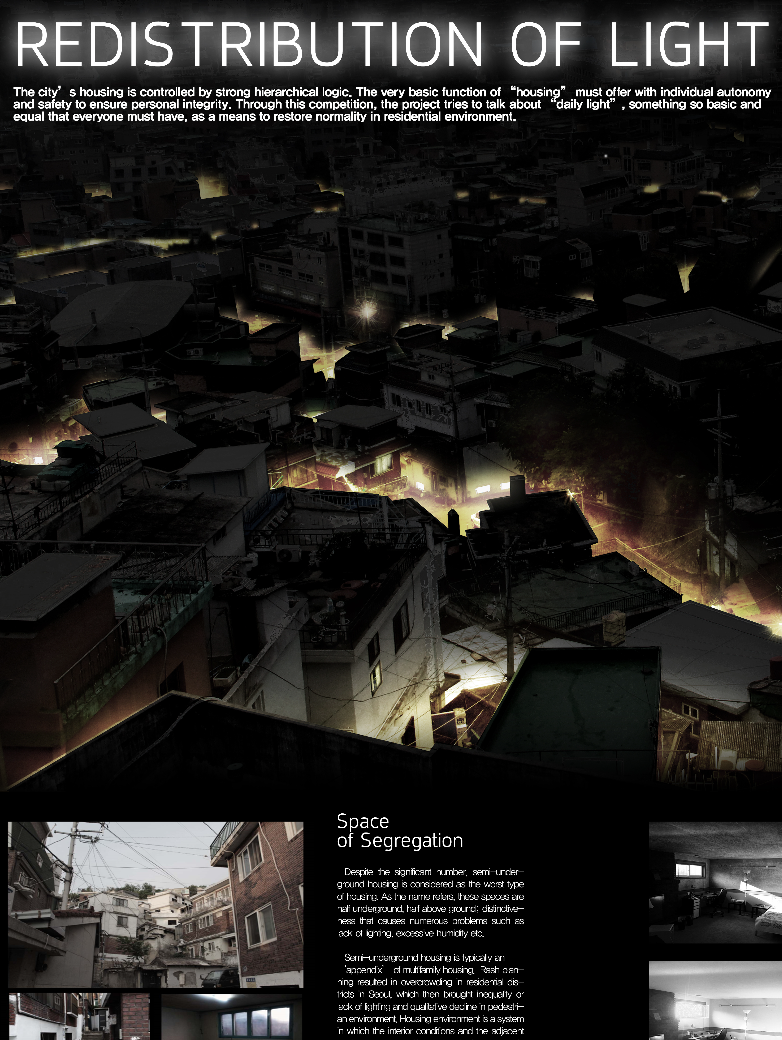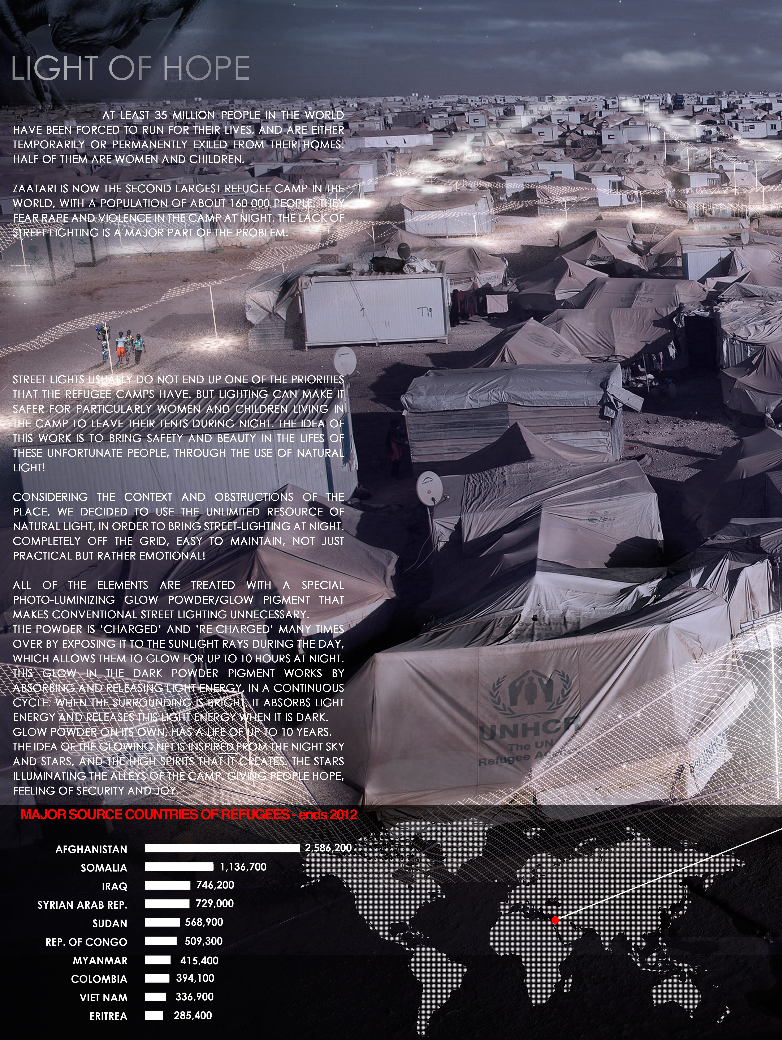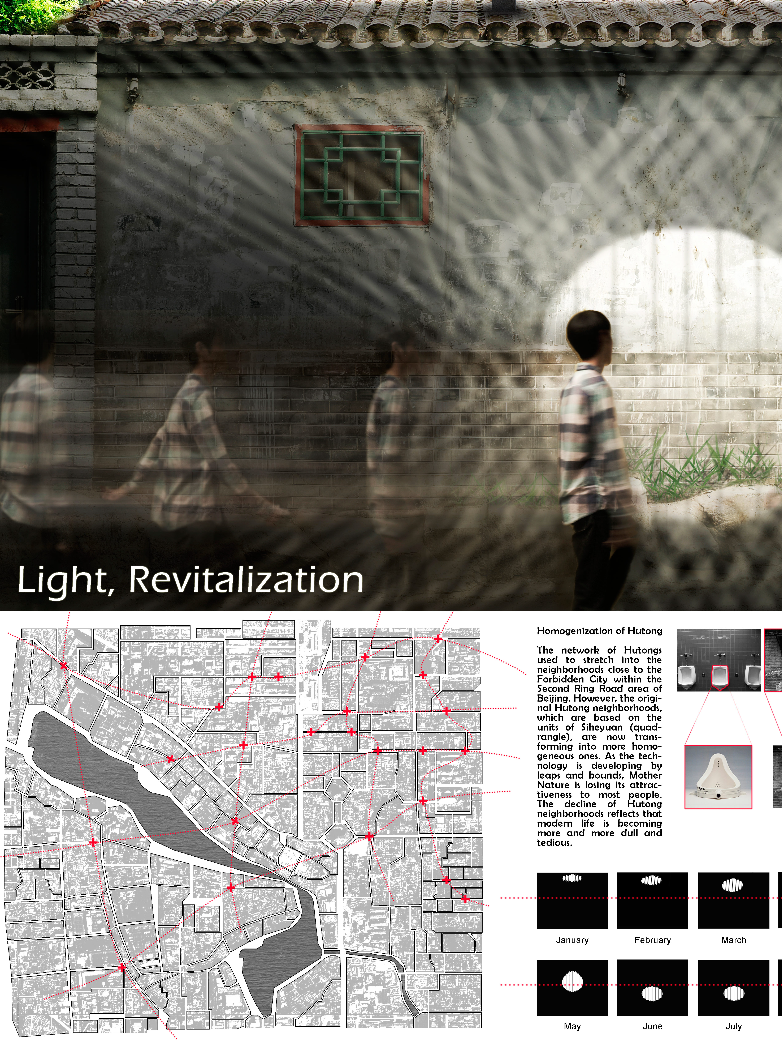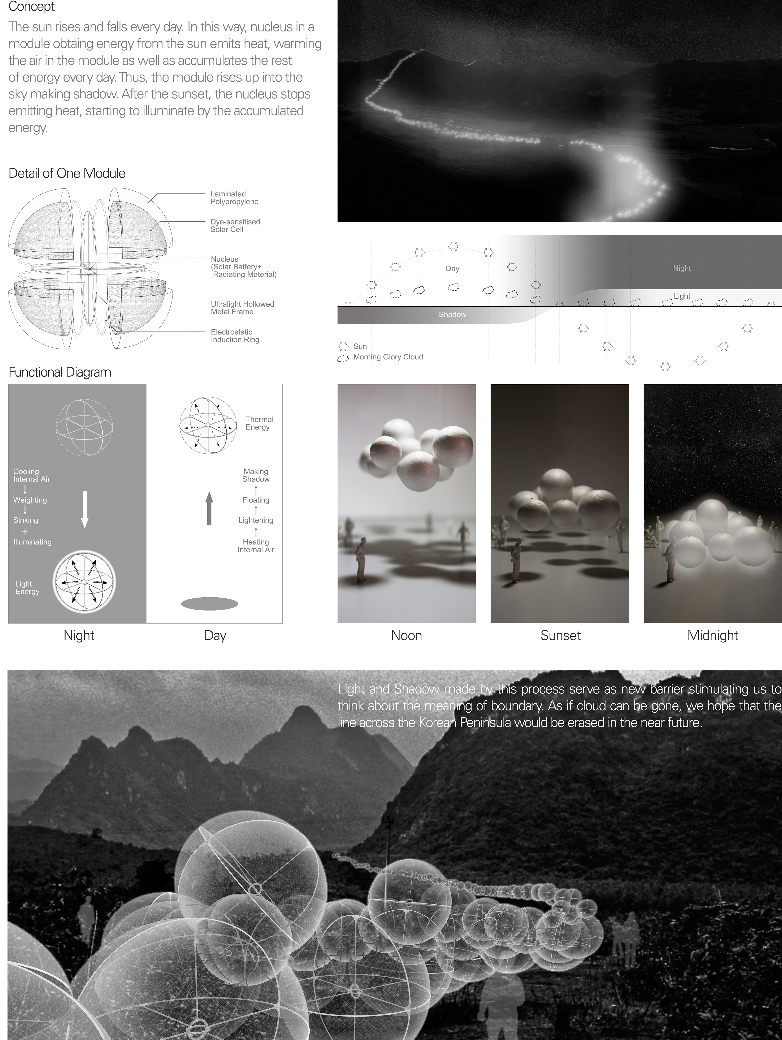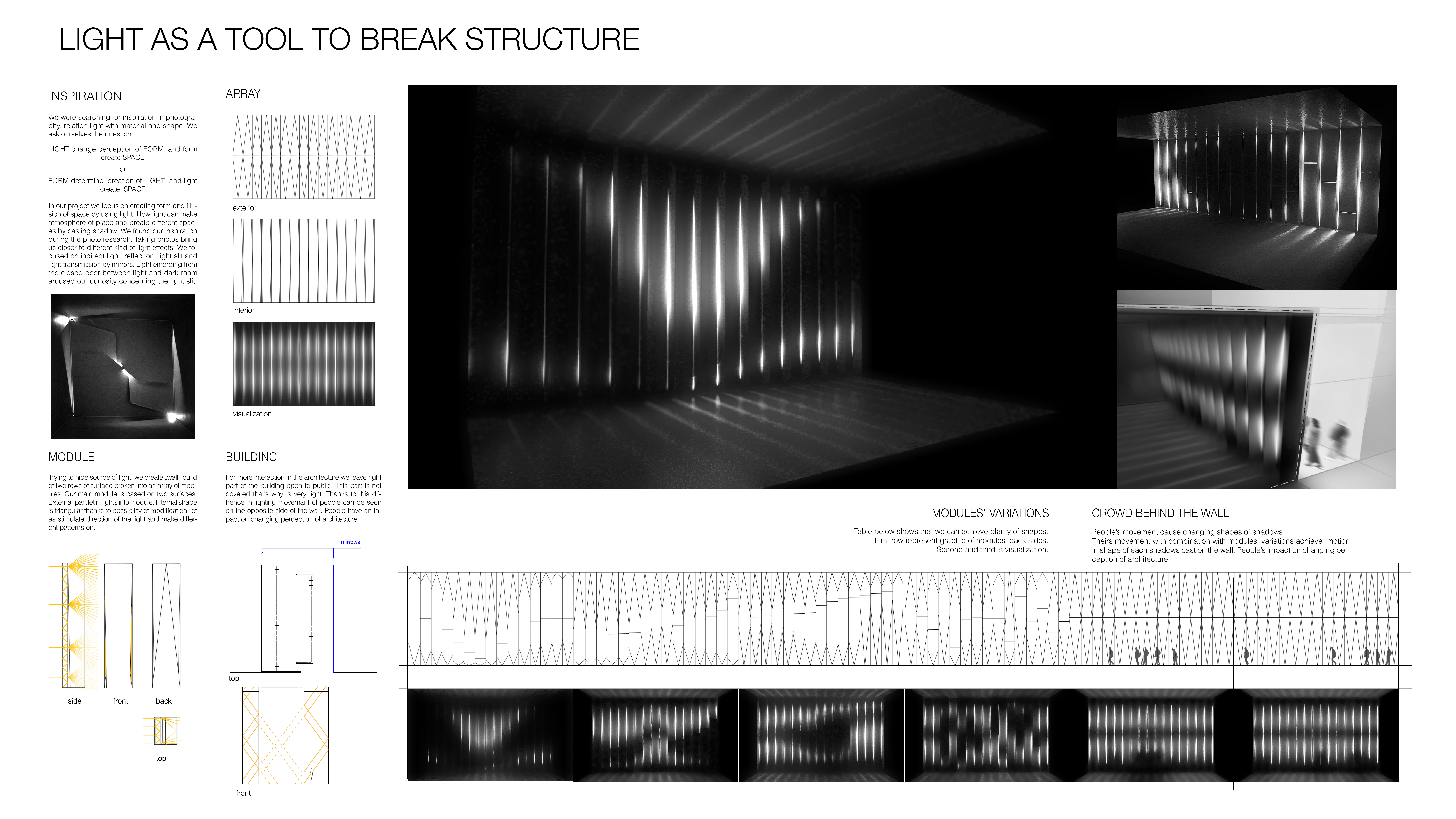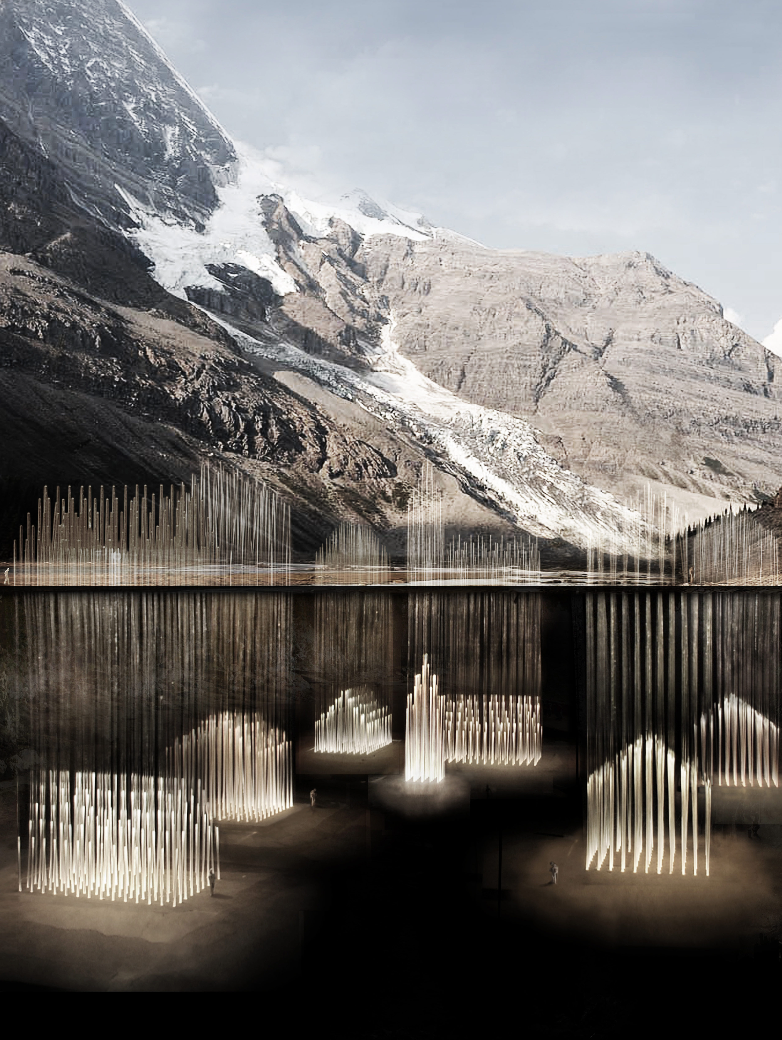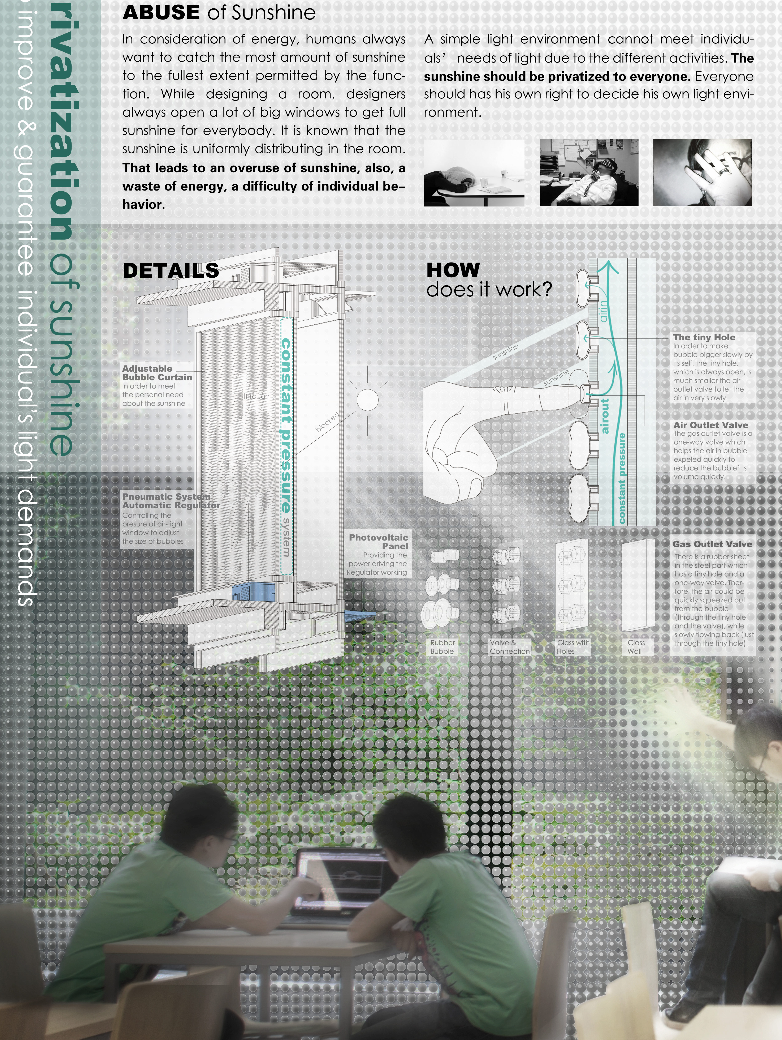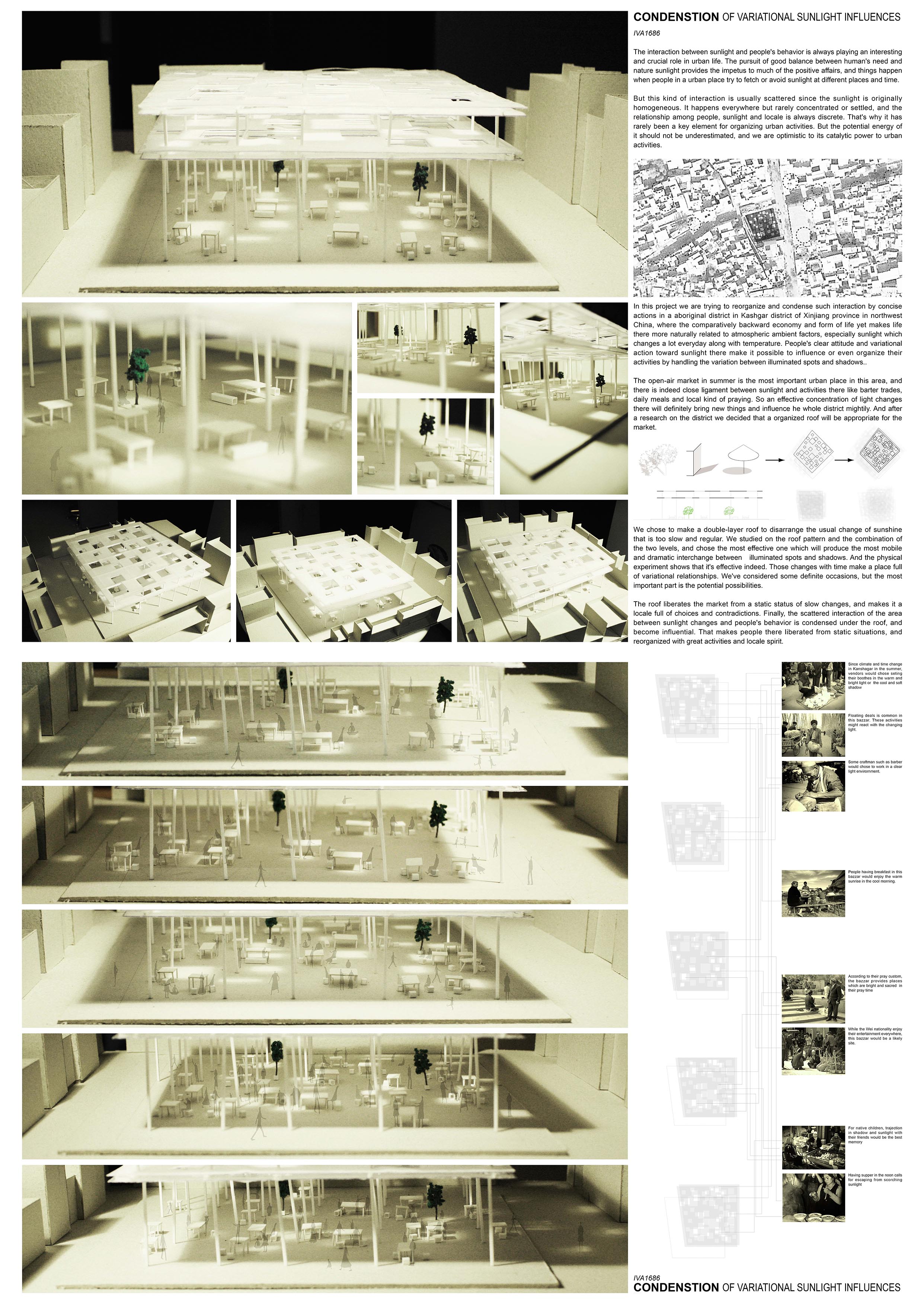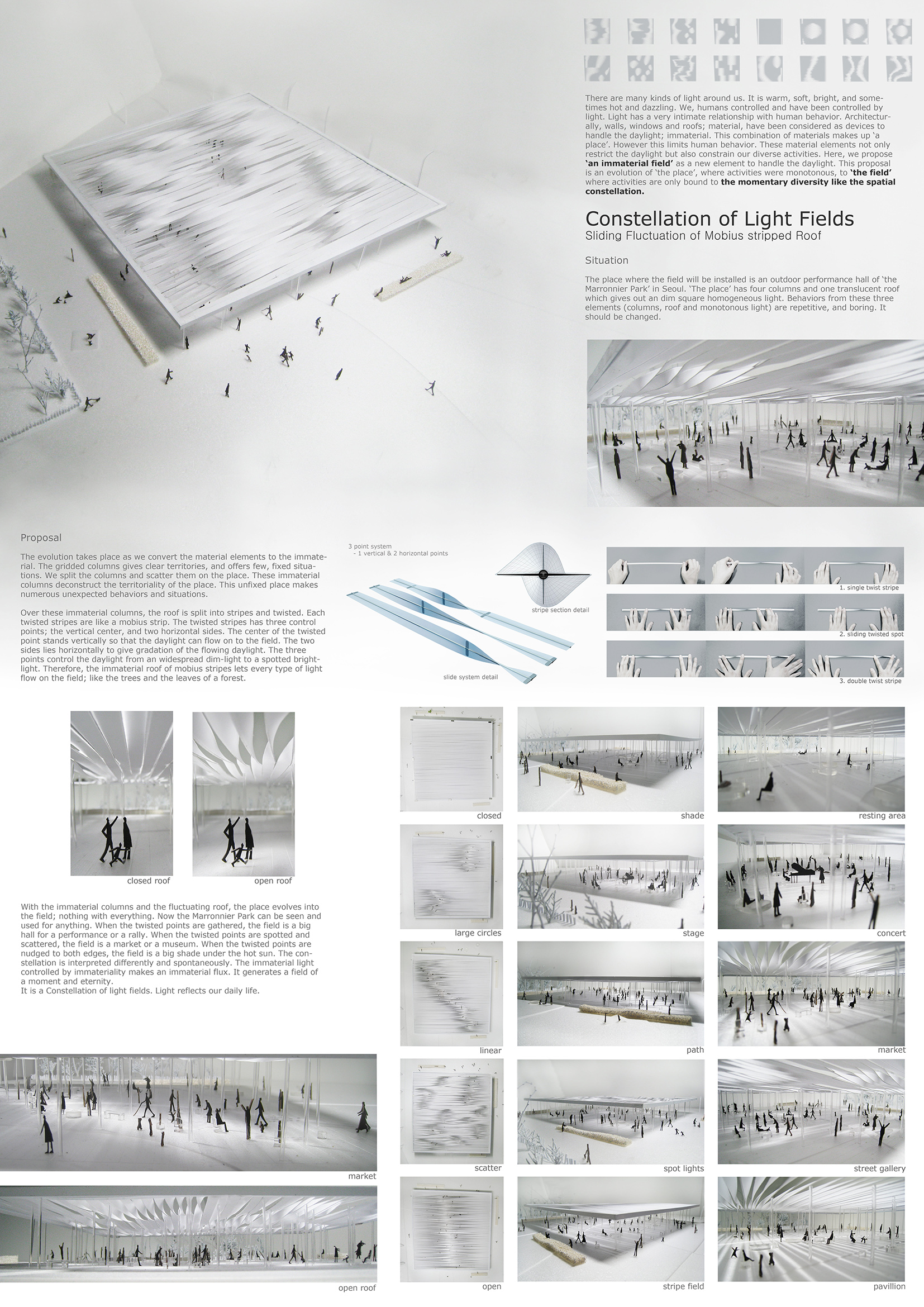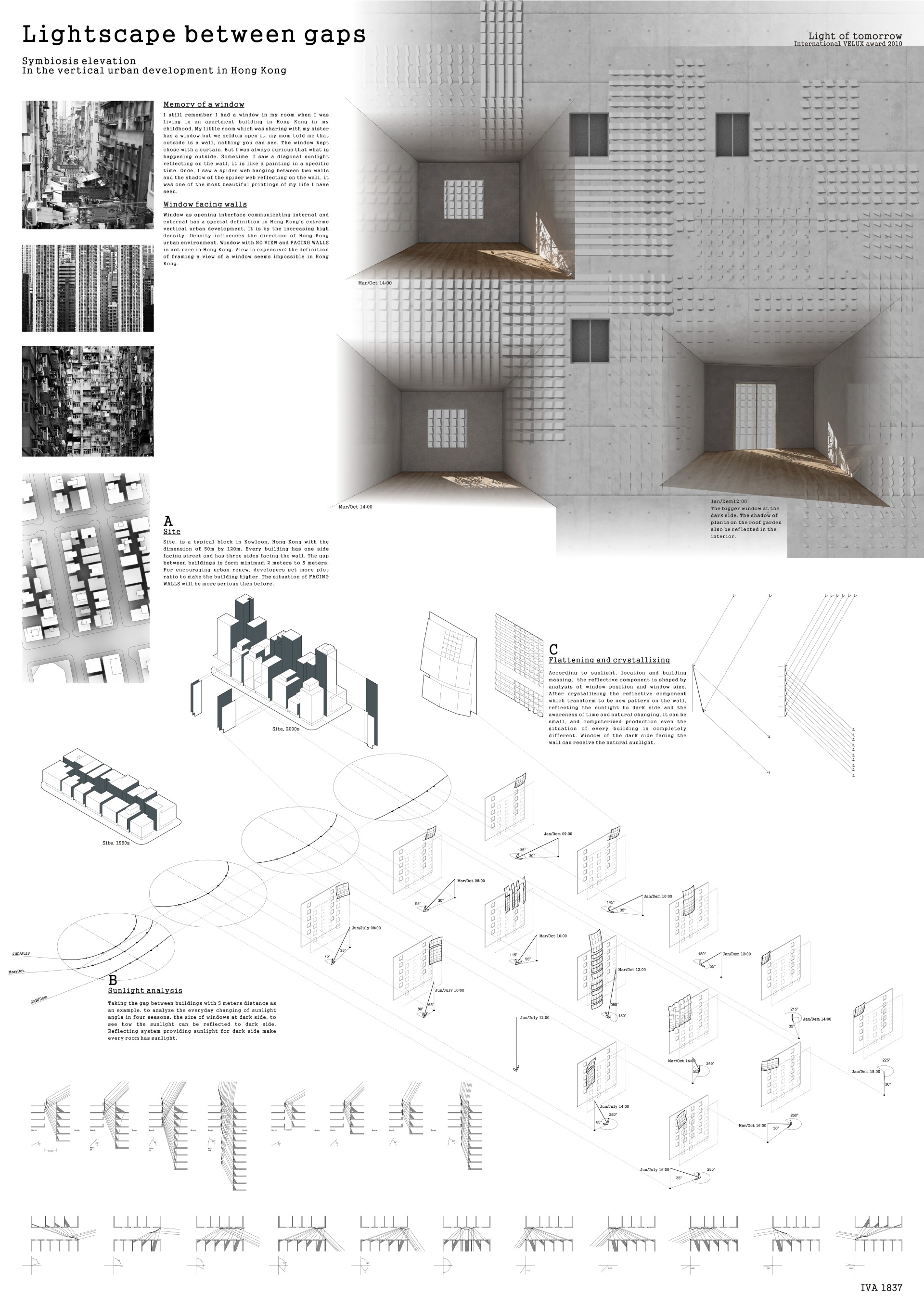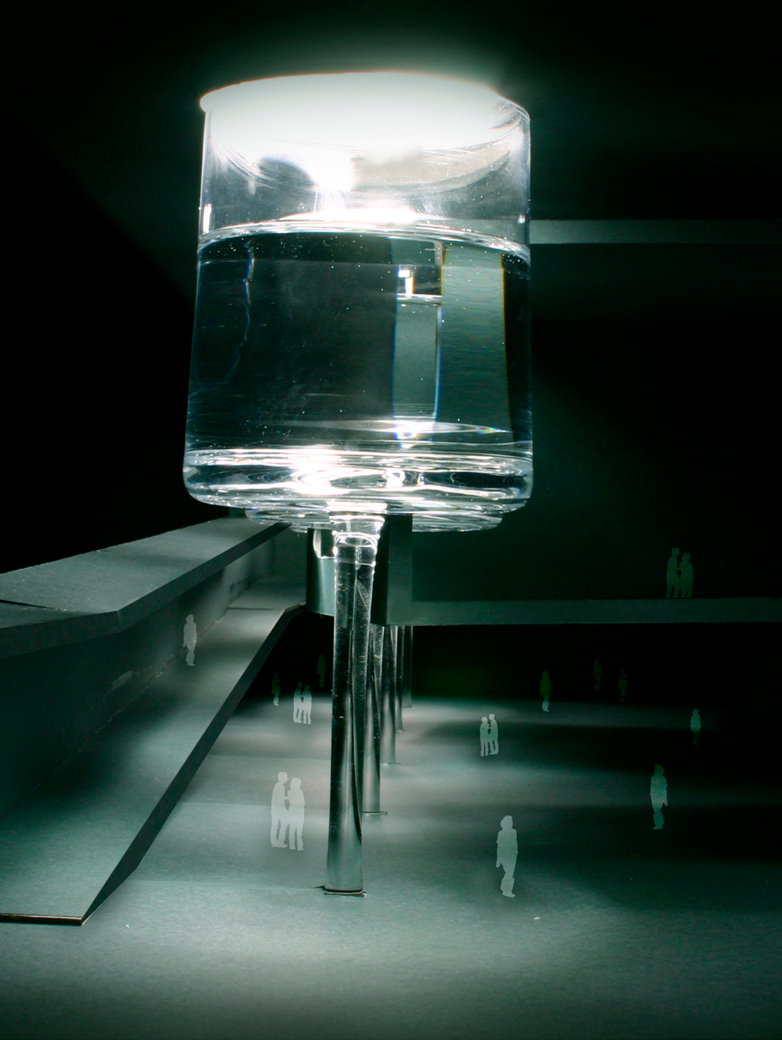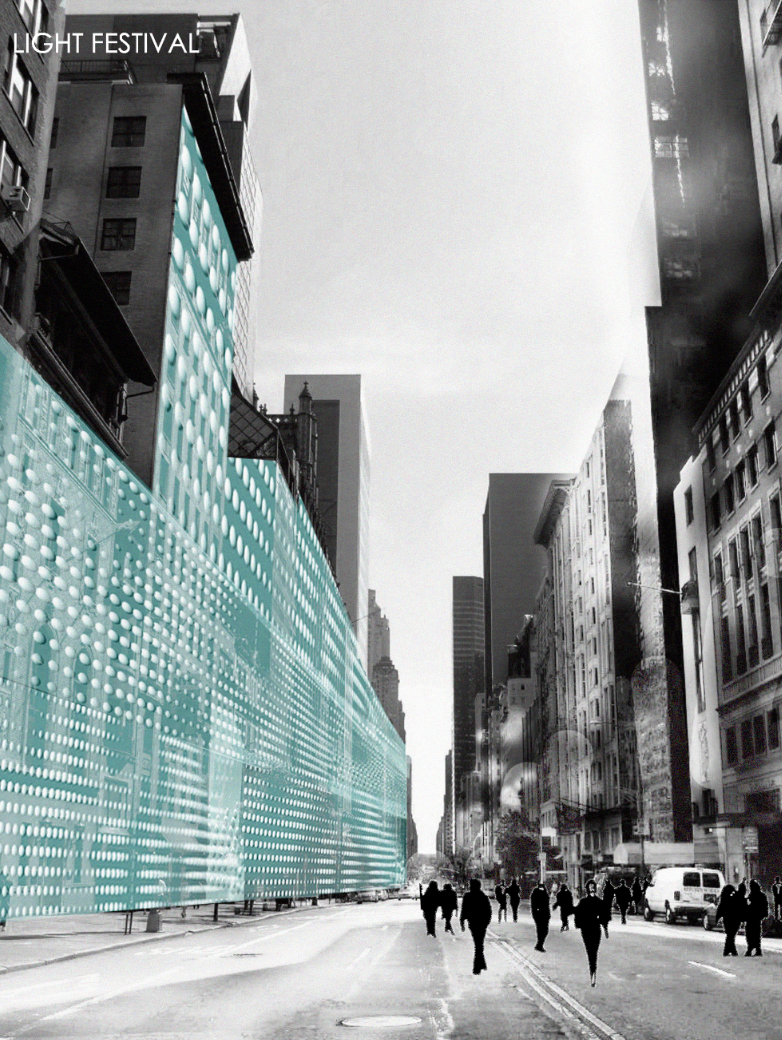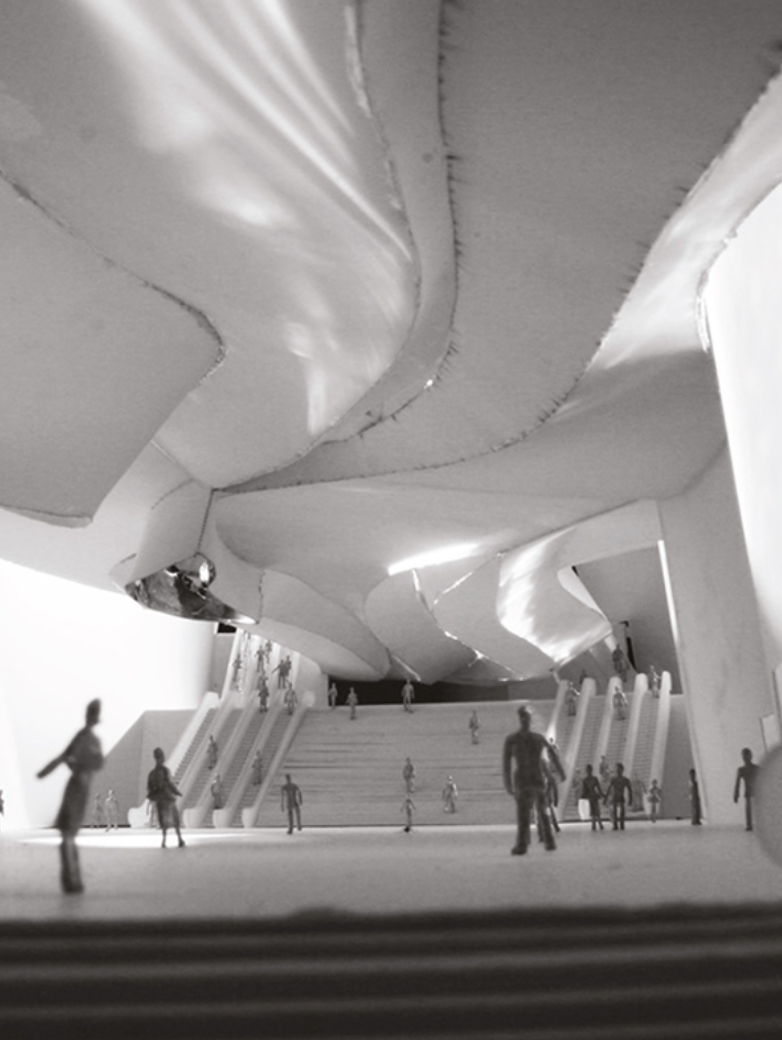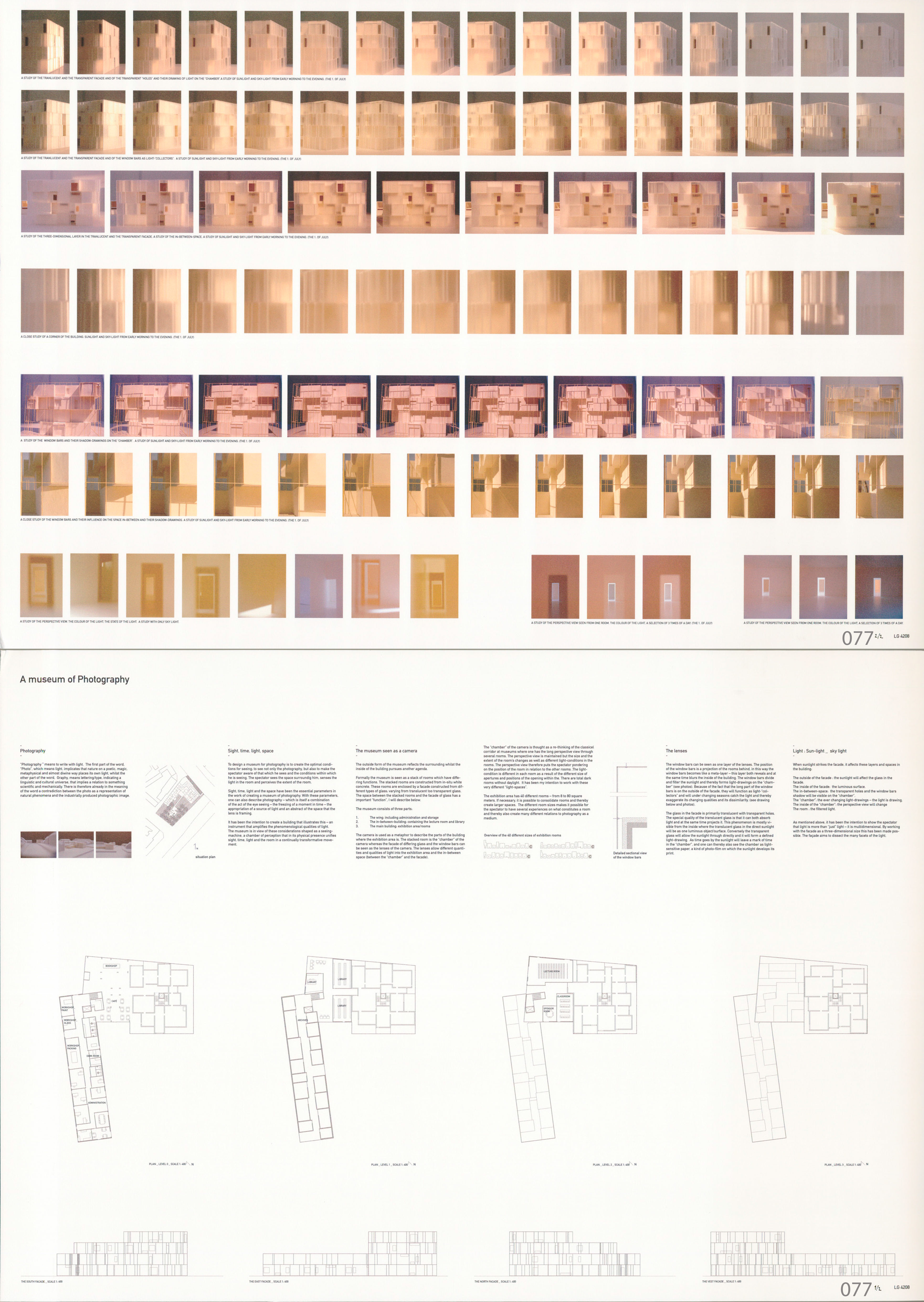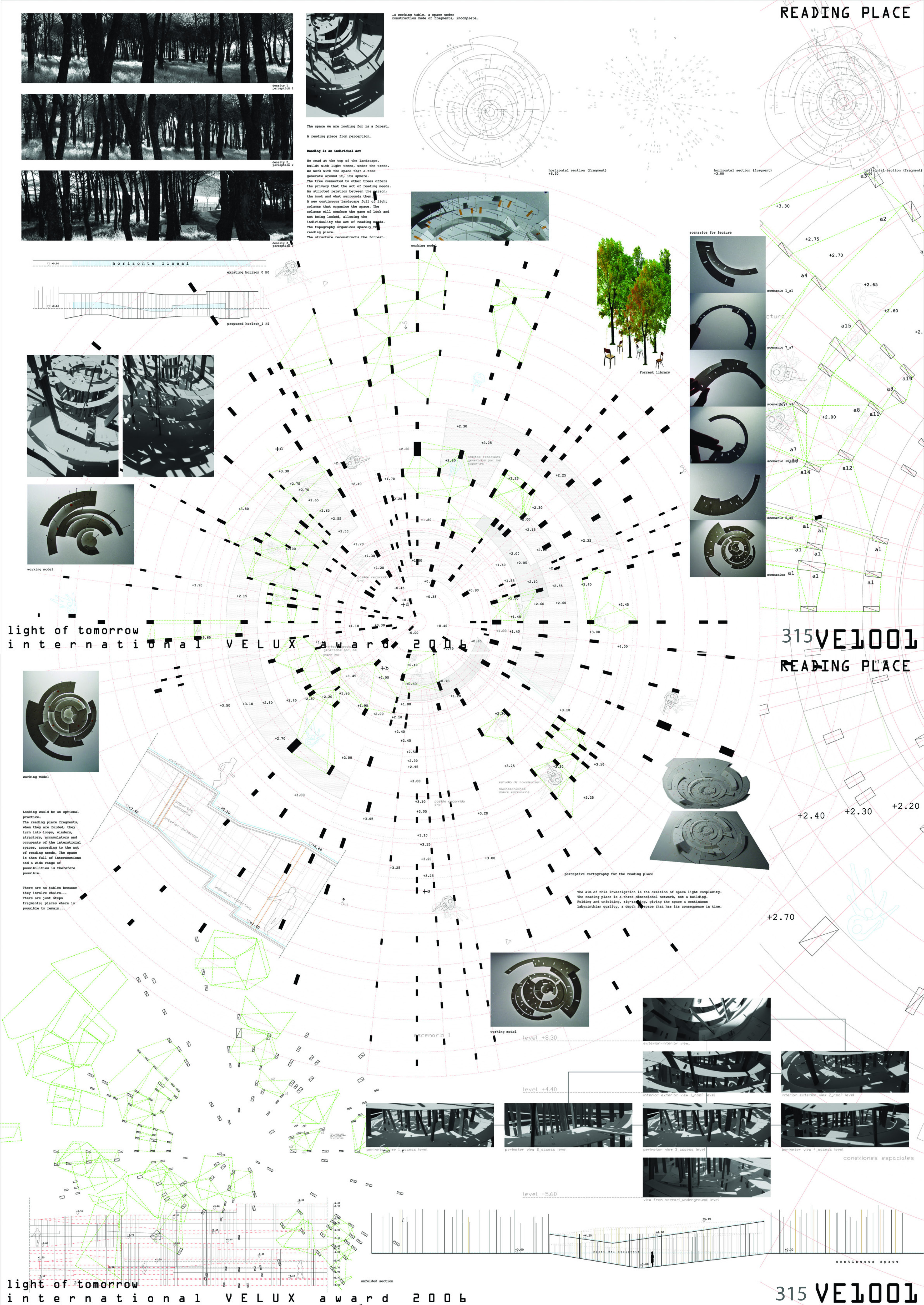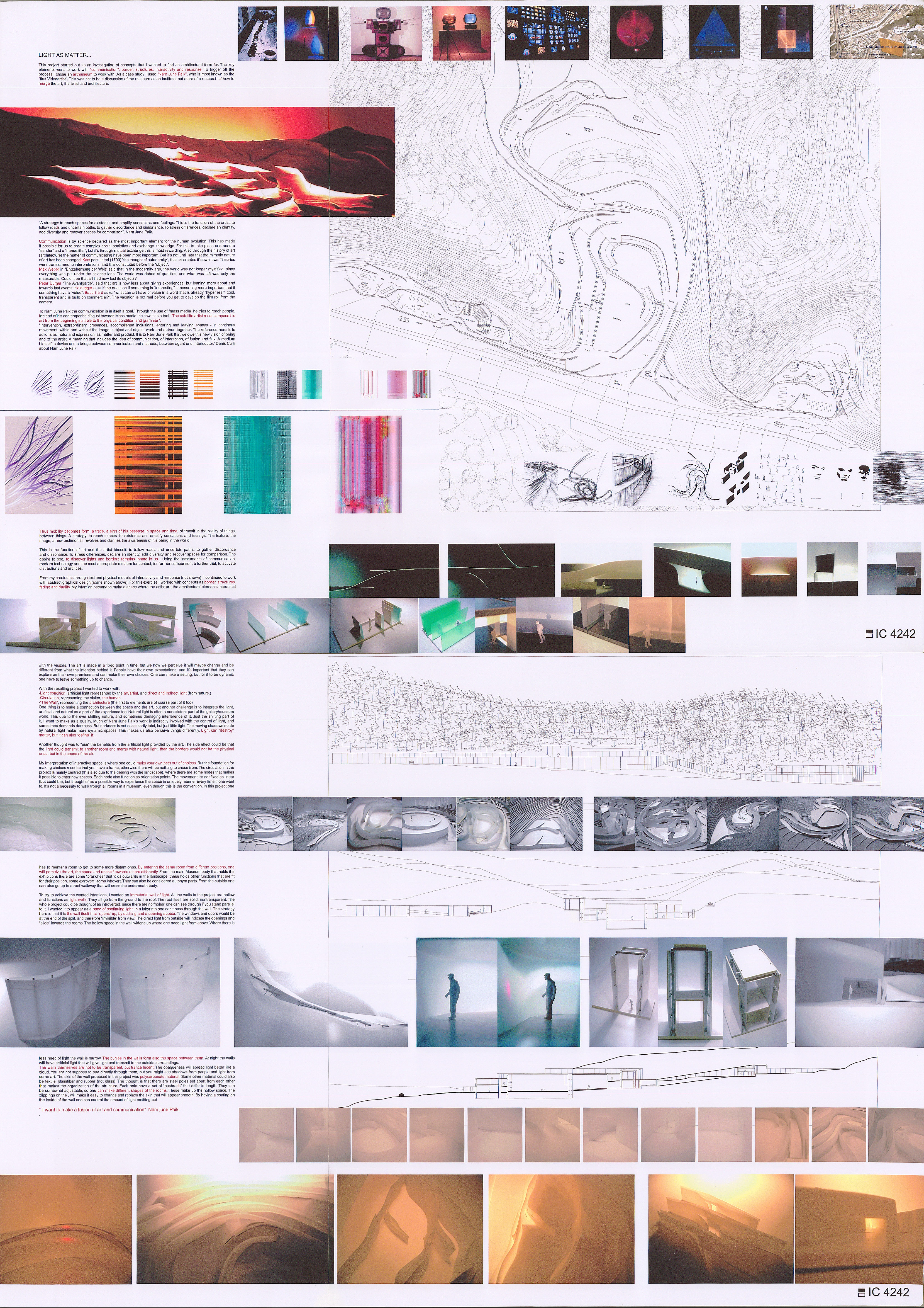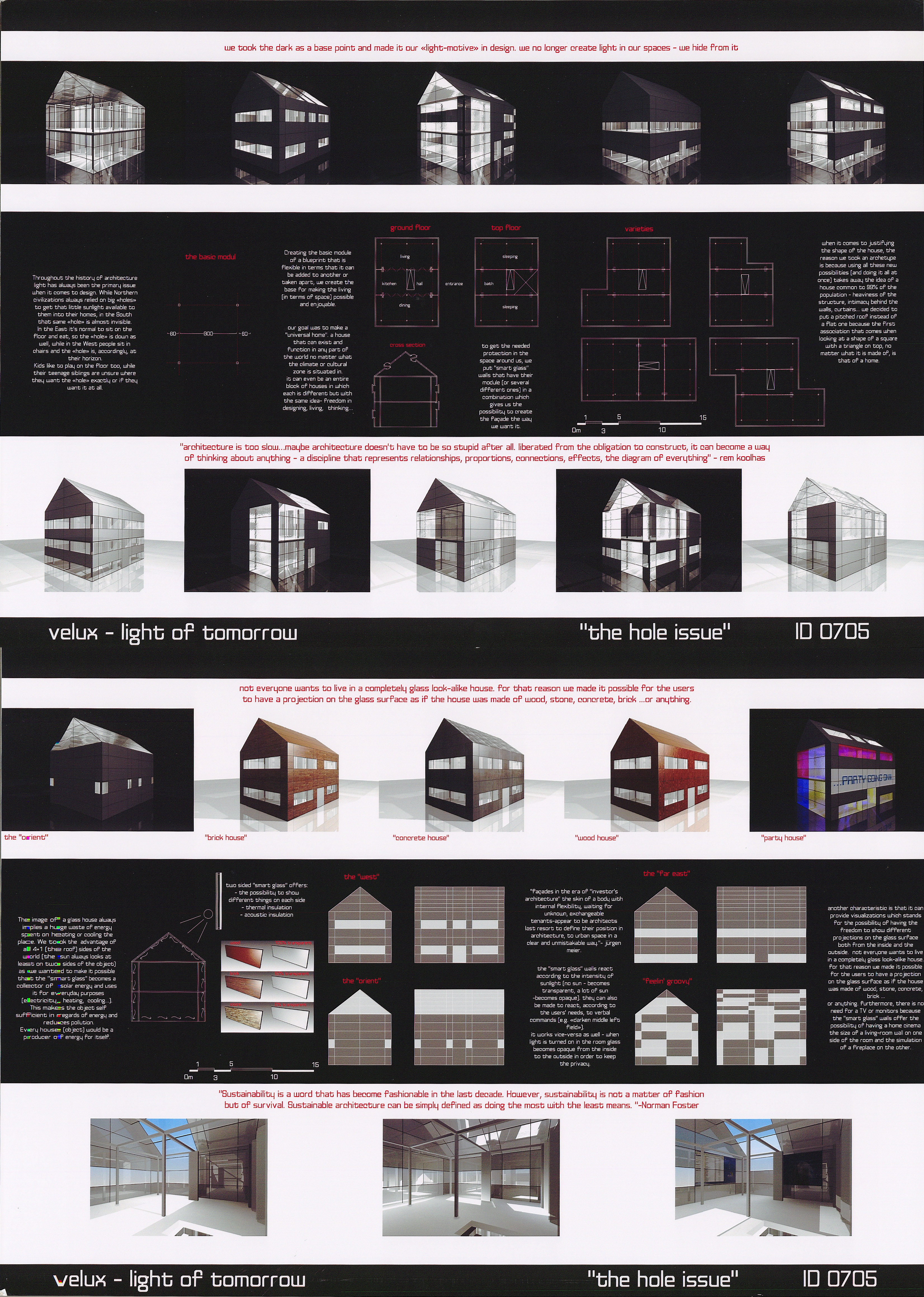2024 - Light of Hope: Path of Light
for a Lighter Future
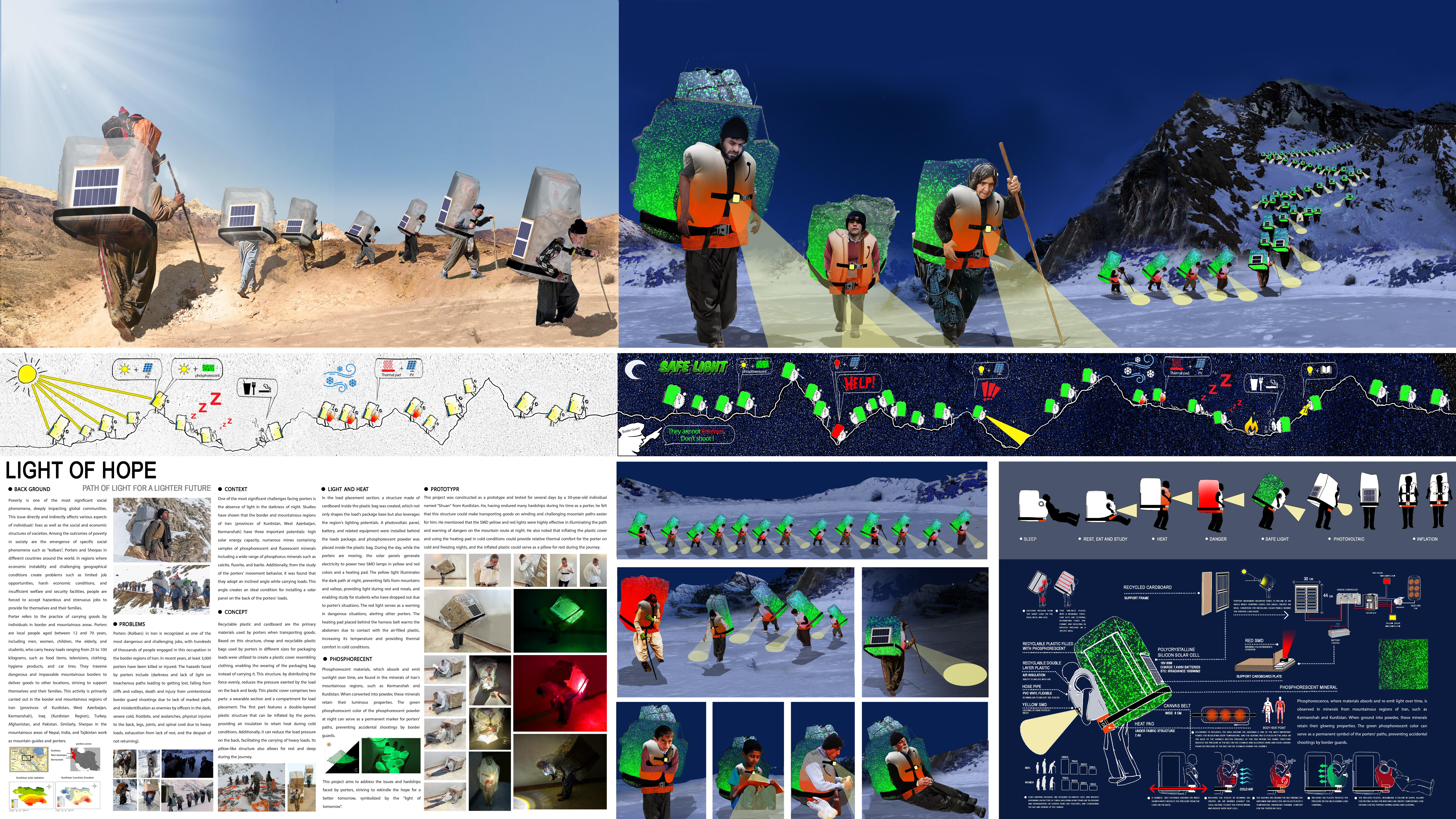
Category
Daylight Investigations - Region 2: Eastern Europe and the Middle East
Students
Sajjad Navidi
Teacher
Rima Fayaz
School
University of Art, Tehran
Country
Iran
Download
Download project board
Poverty is a major social issue with profound effects on global communities. It directly and indirectly influences various aspects of people’s lives and societal structures. One outcome of poverty is the emergence of specific social phenomena like “kolbars,” porters, and Sherpas in different countries worldwide. In regions facing economic instability and challenging geography, limited job opportunities, harsh economic conditions, and inadequate welfare and security facilities push people into hazardous and strenuous work to support themselves and their families.
Porter refers to the practice of carrying goods by individuals in border and mountainous areas. Porters are local people aged between 12 and 70 years, including men, women, children, the elderly, and students, who carry heavy loads ranging from 25 to 100 kilograms, such as food items, televisions, clothing, hygiene products, and car tires. They traverse dangerous and impassable mountainous borders to deliver goods to other locations, striving to support themselves and their families. This activity is primarily carried out in the border and mountainous regions of Iran (provinces of Kurdistan, West Azerbaijan, Kermanshah), Iraq (Kurdistan Region), Turkey, Afghanistan, and Pakistan. Similarly, Sherpas in the mountainous areas of Nepal, India, and Tajikistan work as mountain guides and porters.
Porters (Kolbars) in Iran is recognized as one of the most dangerous and challenging jobs, with hundreds of thousands of people engaged in this occupation in the border regions of Iran. In recent years, at least 3,000 porters have been killed or injured. The hazards faced by porters include darkness and lack of light on treacherous paths leading to getting lost, falling from cliffs and valleys, death and injury from unintentional border guard shootings due to lack of marked paths and misidentification as enemies by officers in the dark, severe cold, frostbite, and avalanches, physical injuries to the back, legs, joints, and spinal cord due to heavy loads, exhaustion from lack of rest, and the despair of not returning.
One of the most significant challenges facing porters is the absence of light in the darkness of night. Studies have shown that the border and mountainous regions of Iran (provinces of Kurdistan, West Azerbaijan, Kermanshah) have three important potentials: high solar energy capacity, numerous mines containing samples of phosphorescent and fluorescent minerals including a wide range of phosphorus minerals such as calcite, fluorite, and barite. Additionally, from the study of the porters’ movement behavior, it was found that they adopt an inclined angle while carrying loads. This angle creates an ideal condition for installing a solar panel on the back of the porters’ loads.
Recyclable plastic and cardboard are the primary materials used by porters when transporting goods. Based on this structure, cheap and recyclable plastic bags used by porters in different sizes for packaging loads were utilized to create a plastic cover resembling clothing, enabling the wearing of the packaging bag instead of carrying it. This structure, by distributing the force evenly, reduces the pressure exerted by the load on the back and body. This plastic cover comprises two parts: a wearable section and a compartment for load placement. The first part features a double-layered plastic structure that can be inflated by the porter, providing air insulation to retain heat during cold conditions. Additionally, it can reduce the load pressure on the back, facilitating the carrying of heavy loads. Its pillow-like structure also allows for rest and sleep during the journey.
In the load placement section, a structure made of cardboard inside the plastic bag was created, which not only shapes the load’s package base but also leverages the region’s lighting potentials. A photovoltaic panel, battery, and related equipment were installed behind the loads package, and phosphorescent powder was placed inside the plastic bag. During the day, while the porters are moving, the solar panels generate electricity to power two SMD lamps in yellow and red colors and a heating pad. The yellow light illuminates the dark path at night, preventing falls from mountains and valleys, providing light during rest and meals, and enabling study for students who have dropped out due to porter’s situations. The red light serves as a warning in dangerous situations, alerting other porters. The heating pad placed behind the harness belt warms the abdomen due to contact with the air-filled plastic, increasing its temperature and providing thermal comfort in cold conditions.
Phosphorescent materials, which absorb and emit sunlight over time, are found in the minerals of Iran’s mountainous regions, such as Kermanshah and Kurdistan. When converted into powder, these minerals retain their luminous properties. The green phosphorescent color of the phosphorescent powder at night can serve as a permanent marker for porters’ paths, preventing accidental shootings by border guards.
This project aims to address the issues and hardships faced by porters, striving to rekindle the hope for a better tomorrow, symbolized by the “light of tomorrow”.
